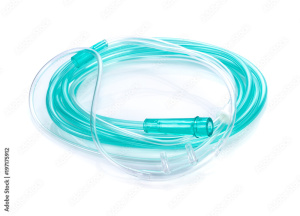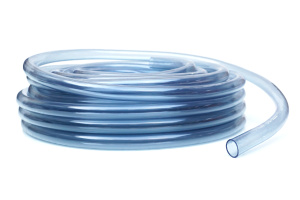
 Polyurethane tubing is a versatile and widely used material used in various industries due to its exceptional properties and numerous applications. It is a synthetic polymer that offers excellent flexibility, durability, and resistance to abrasion, chemicals, and weathering. It can withstand exposure to a wide range of chemicals, including oils, fuels, acids, and bases, without deteriorating or degrading. This chemical resistance makes it suitable for use in industries such as automotive, chemical processing, and pharmaceutical, where contact with various substances is common.
Polyurethane tubing is a versatile and widely used material used in various industries due to its exceptional properties and numerous applications. It is a synthetic polymer that offers excellent flexibility, durability, and resistance to abrasion, chemicals, and weathering. It can withstand exposure to a wide range of chemicals, including oils, fuels, acids, and bases, without deteriorating or degrading. This chemical resistance makes it suitable for use in industries such as automotive, chemical processing, and pharmaceutical, where contact with various substances is common.
One of the key advantages of polyurethane tubing is its flexibility. It can be easily bent, twisted, and stretched without losing its shape or integrity. This flexibility makes it ideal for applications where the tubing needs to be routed around obstacles or in tight spaces. Additionally, its flexibility allows for easy installation and reduces the need for additional fittings or connectors.
 In addition to its physical properties, polyurethane tubing is also available in a variety of sizes, colors, and hardness levels. This allows for customization and ensures that the tubing can meet specific requirements for different applications. It can be easily cut to desired lengths and can be easily connected to fittings or connectors.
In addition to its physical properties, polyurethane tubing is also available in a variety of sizes, colors, and hardness levels. This allows for customization and ensures that the tubing can meet specific requirements for different applications. It can be easily cut to desired lengths and can be easily connected to fittings or connectors.
Polyurethane tubing finds applications in a wide range of industries. It is commonly used in pneumatic systems, where it is used to transport compressed air or other gases. It is also used in hydraulic systems, where it carries hydraulic fluids under high pressure. Additionally, it is used in medical tubing and medical devices, such as catheters and IV lines, due to its biocompatibility and flexibility.
Feature 1: Fungus Resistant
Feature 2: Cost Effective
Feature 3: Abrasion and Tear Resistant
Feature 4: Moisture Resistant
Feature 5: Non-leaching
Feature 6: Contamination Resistant
Application 1: Medical Devices
Application 2: Medical Tubing
Application 3: Catheter Tubing
Application 4: Surgical Tubing
Application 5: Food and Beverage
Application 6: Insulators
Application 7: Component Housing